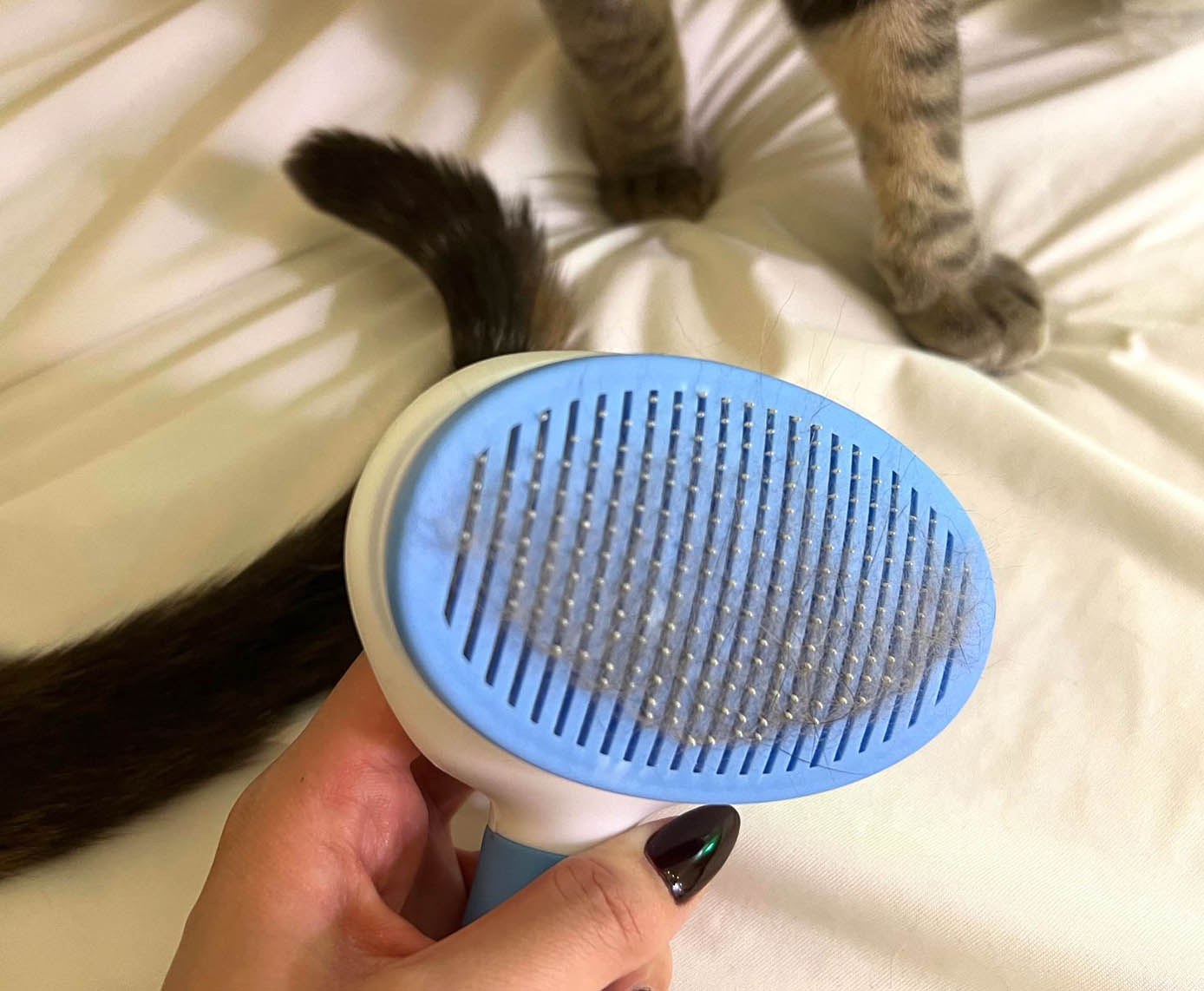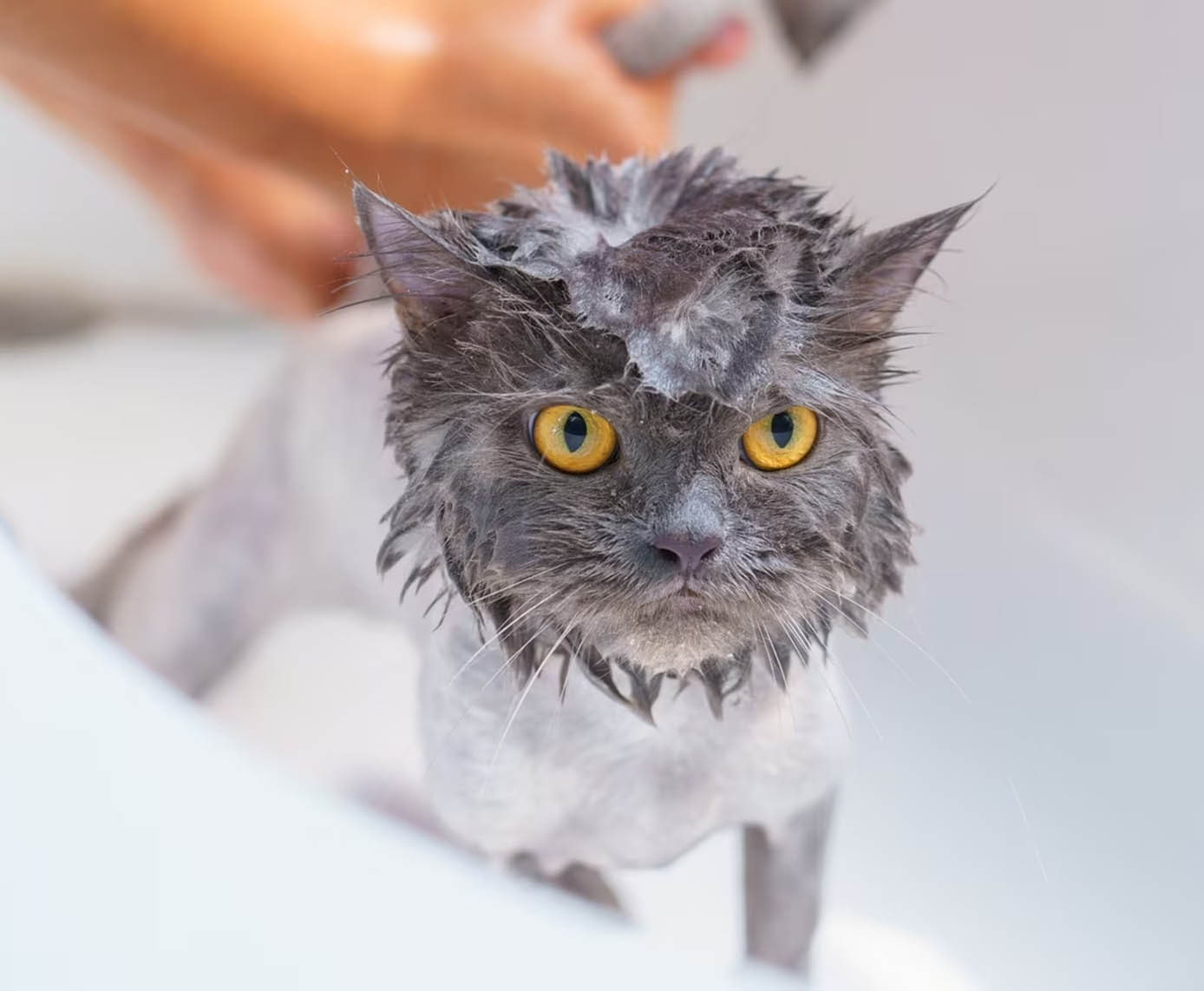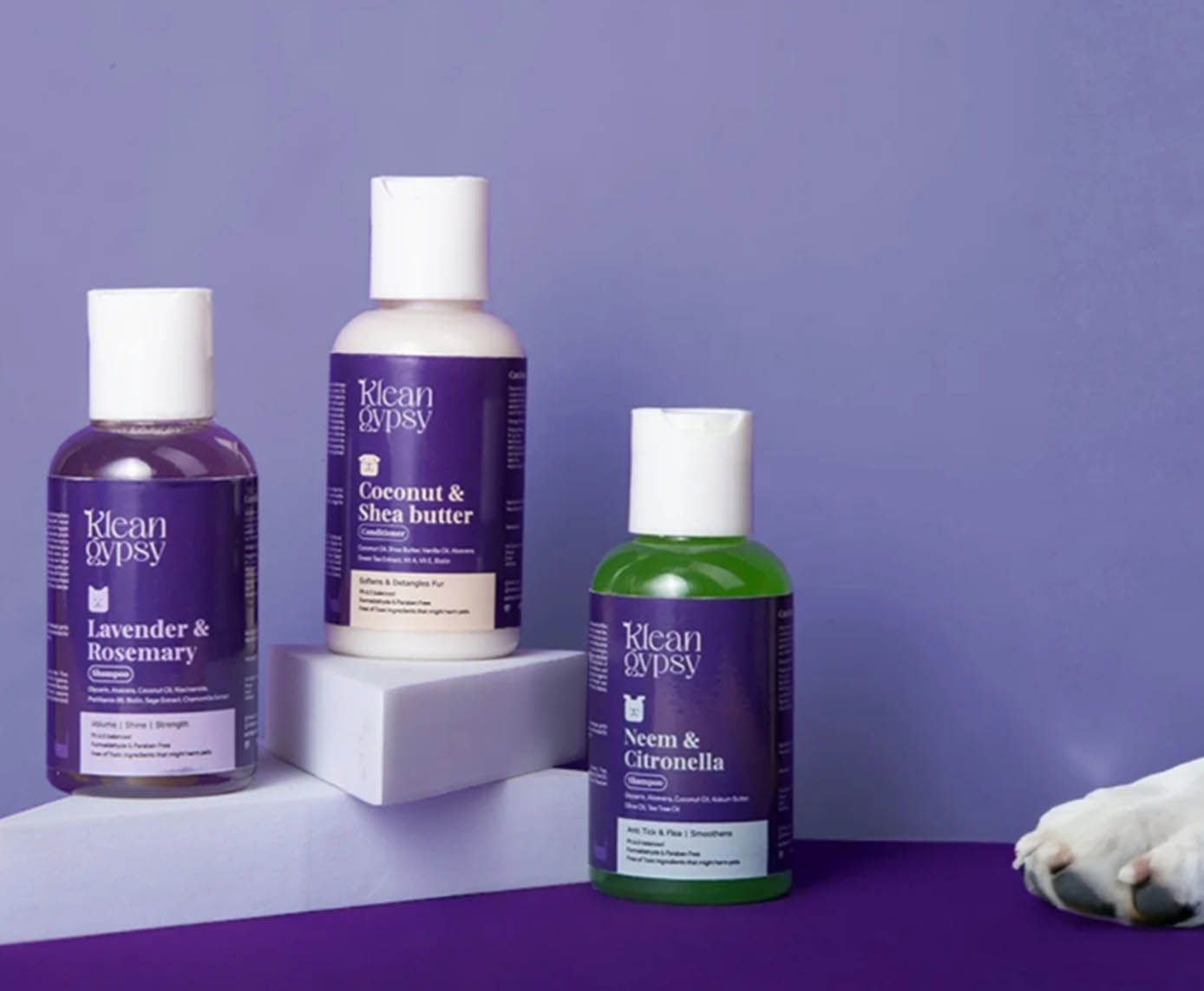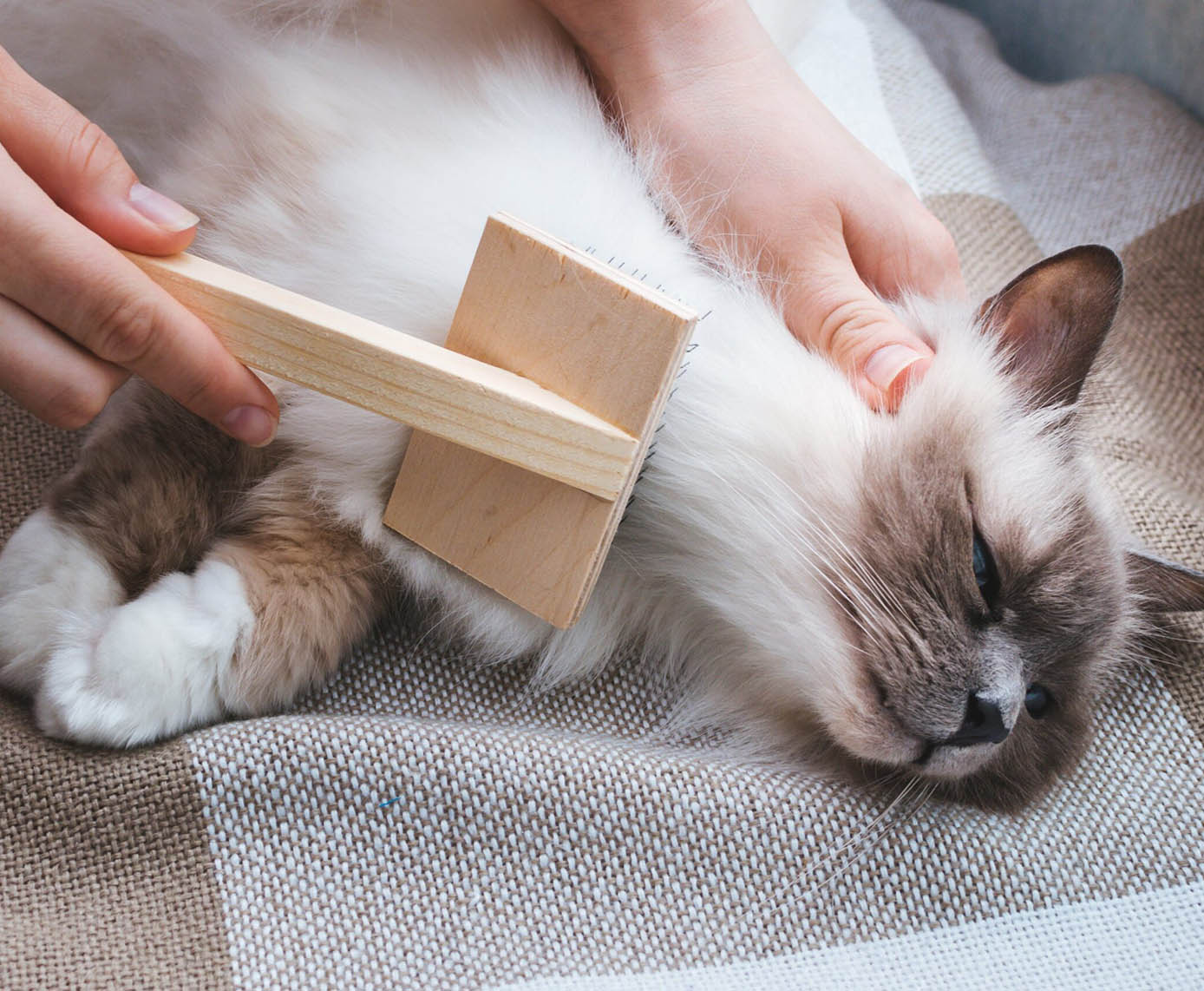Long-haired cats, such as Persians, Maine Coons, and Ragdolls, are known for their luxurious coats. While their flowing fur makes them look majestic, it also requires regular grooming to prevent matting, reduce shedding, and keep their skin and coat healthy. Grooming a long-haired cat isn’t just about appearance—it’s essential for their overall well-being. Without regular grooming, their fur can become tangled, and matting can cause discomfort and even lead to health issues such as skin infections.
In this comprehensive guide, we’ll explore the key grooming essentials for long-haired cats, including the types of brushes, combs, and additional tools that will help keep your feline friend’s coat in perfect condition. We’ll also discuss proper grooming techniques and how to create a stress-free grooming routine for both you and your cat.
Why Grooming Is Essential for Long-Haired Cats
Cats are naturally fastidious groomers, spending a significant portion of their day licking and cleaning their fur. However, long-haired breeds often need extra help because their fur is more prone to tangles, mats, and excessive shedding. Neglecting regular grooming can lead to a buildup of dead hair, which can create painful mats and even cause skin infections.
Here are a few reasons why grooming long-haired cats is crucial:
- Prevents Matting: Mats form when fur becomes tangled and knotted. Over time, they can become tight, pulling on the skin, which is painful for the cat.
- Reduces Shedding: Regular brushing removes loose fur and reduces the amount of cat hair that ends up on your furniture, clothes, and floors.
- Keeps Coat Healthy: Grooming helps distribute natural oils across the cat’s fur, keeping it shiny and soft.
- Promotes Good Skin Health: Grooming stimulates the skin, promoting better circulation and helping to prevent skin issues.
- Bonding Experience: Grooming is also a great way to bond with your cat. Many cats enjoy the process when it’s done gently and consistently.
Essential Brushes for Long-Haired Cats
Long-haired cats need a variety of grooming tools to keep their coats free of tangles and mats. Brushes are a vital part of any grooming routine. Here’s a breakdown of the best types of brushes for long-haired cats:
1. Slicker Brush
A slicker brush is a must-have for long-haired cats. This type of brush has fine, short wires that are set close together. It’s excellent for removing tangles, loose fur, and dirt from the coat. Slicker brushes are designed to penetrate deep into a cat’s thick fur without causing discomfort, making them perfect for long-haired breeds.
How to Use:
- Use the slicker brush daily to prevent mats from forming.
- Start by brushing in the direction of hair growth, being gentle around sensitive areas such as the belly and legs.
- If you encounter a tangle, work through it slowly to avoid pulling on your cat’s skin.
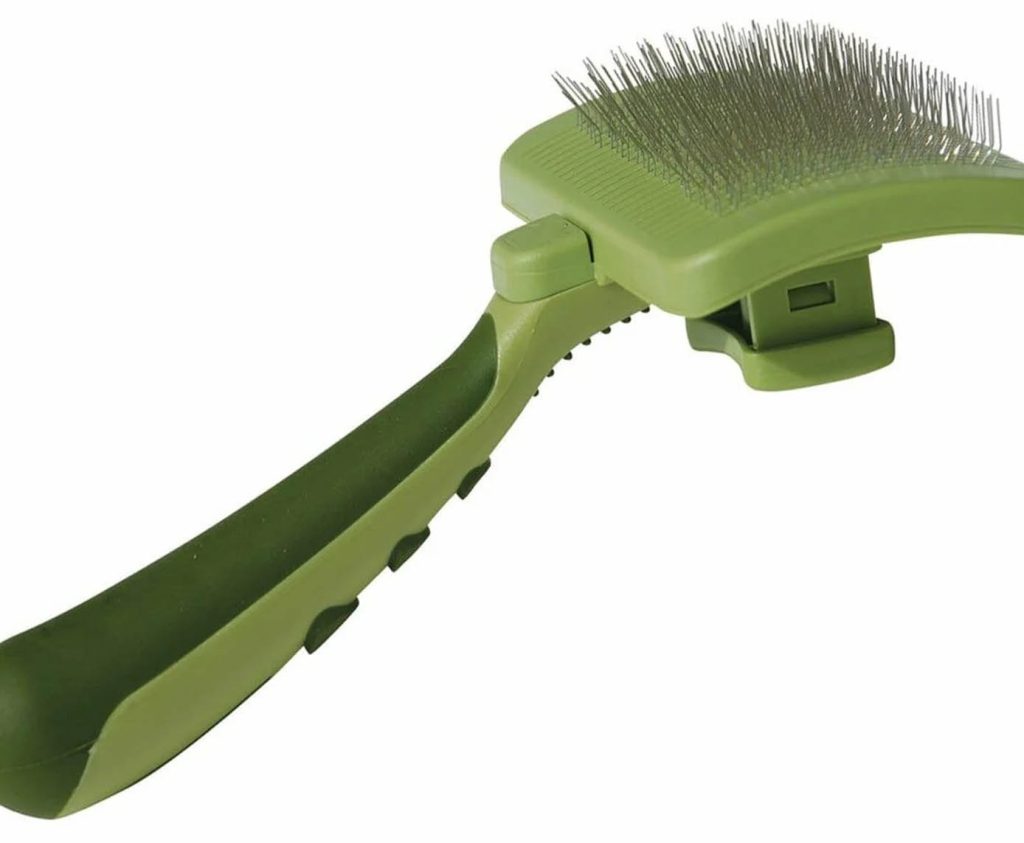
2. Pin Brush
A pin brush is another great tool for long-haired cats. It has long, rounded pins that glide smoothly through the cat’s coat, removing loose hair and smoothing out the fur without causing damage. Pin brushes are especially good for cats with medium to long hair, as they gently detangle the top layers of fur.
How to Use:
- Use a pin brush as part of your daily grooming routine to maintain a smooth and shiny coat.
- Brush in long strokes from head to tail, being extra gentle around the face and underbelly.
3. Bristle Brush
A bristle brush is designed to distribute natural oils from the skin throughout the cat’s coat, keeping it soft and shiny. While it’s not the best for detangling, it’s great for finishing touches after using a slicker or pin brush. Bristle brushes are best for cats who are prone to oil buildup or have dry skin.
How to Use:
- Use a bristle brush as the final step in your grooming routine to add shine and remove any surface debris.
- Brush lightly to avoid irritating your cat’s skin.
4. Rubber Grooming Brush
Rubber grooming brushes are gentle and can be used on cats who might be sensitive to metal brushes. They’re also great for stimulating the skin and massaging your cat. These brushes work well for removing loose hair during shedding season and are an excellent option for cats who dislike traditional brushes.
How to Use:
- Use a rubber brush during shedding season to remove loose hair.
- Massage your cat’s coat in circular motions for a relaxing grooming experience.
Essential Combs for Long-Haired Cats
While brushes are great for daily maintenance, combs are the key to tackling stubborn tangles and preventing mats. Here are the types of combs every long-haired cat owner should have:
1. Wide-Tooth Comb
A wide-tooth comb is ideal for working through knots and mats in a cat’s fur. The wider spacing between the teeth allows you to gently detangle without pulling too much on the fur, making it an essential tool for long-haired cats prone to matting.
How to Use:
- Start by gently working the wide-tooth comb through your cat’s fur, especially in areas prone to tangles such as the underarms and belly.
- If you find a knot, hold the fur at the base (close to the skin) and gently work the comb through the tangle to avoid pulling.
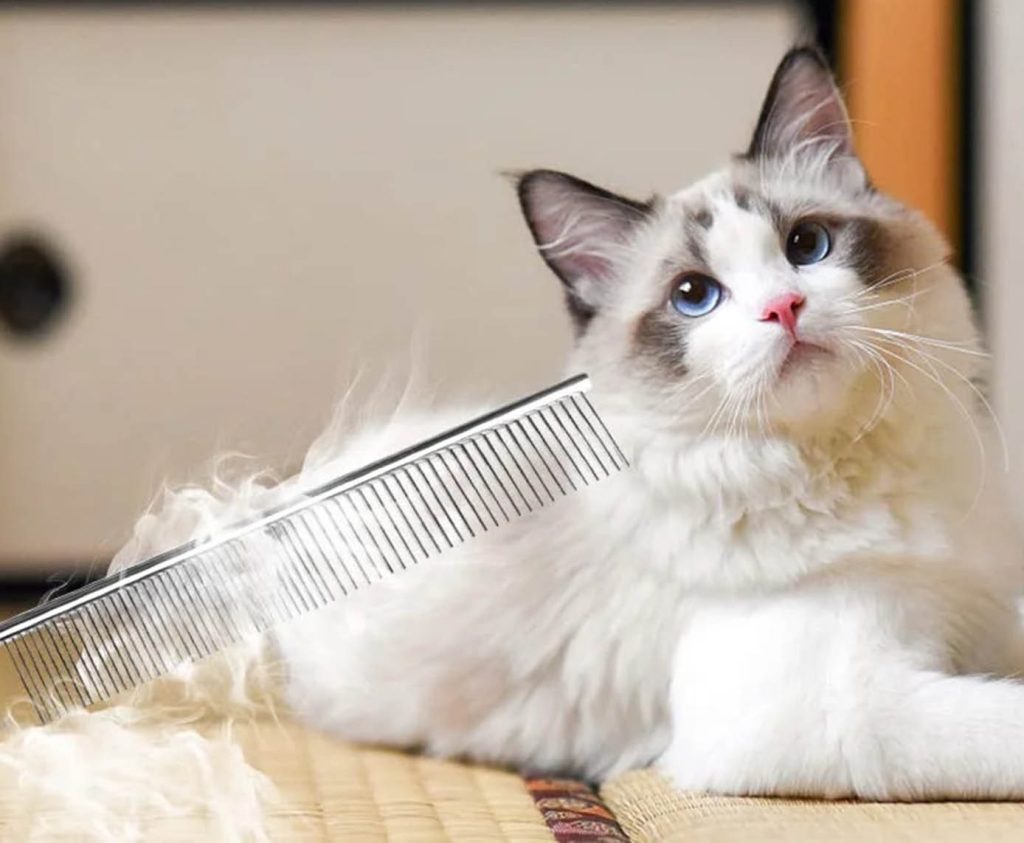
2. Fine-Tooth Comb
A fine-tooth comb is perfect for smoothing out the coat after you’ve detangled it with a wide-tooth comb. It’s also great for removing fleas and dirt from the fur. Fine-tooth combs are especially useful for getting rid of loose undercoat hair, which can contribute to matting.
How to Use:
- Use a fine-tooth comb after brushing to smooth and tidy the fur.
- Be gentle, as fine-tooth combs can tug if used too quickly.
3. Dematting Comb
For severe mats that a brush or regular comb can’t handle, a dematting comb is a lifesaver. These combs have sharp blades designed to cut through tough knots without hurting your cat. Dematting combs are essential for long-haired cats who are prone to getting mats despite regular grooming.
How to Use:
- Carefully work the dematting comb through tough knots, using short, gentle strokes.
- Always be cautious not to press too hard on the cat’s skin, and use the tool only when necessary to avoid causing stress.
Additional Grooming Tools for Long-Haired Cats
While brushes and combs are the core of your grooming routine, there are other grooming supplies that can help keep your long-haired cat’s coat healthy and well-maintained.
1. Grooming Scissors
Grooming scissors are useful for trimming excess fur, especially around sensitive areas like the belly, paws, and under the tail. Look for scissors with rounded tips to ensure your cat’s safety during trimming.
How to Use:
- Use grooming scissors to trim long fur that may drag on the ground or become matted easily.
- Trim carefully, especially around the face and ears.

2. De-shedding Tools
De-shedding tools like the FURminator are designed to reach deep into a cat’s coat and remove loose undercoat hair that regular brushes might miss. These tools are perfect for reducing shedding and preventing mats from forming.
How to Use:
- Use a de-shedding tool once a week during shedding season to reduce hair buildup.
- Be gentle and avoid over-brushing, as this can irritate your cat’s skin.
3. Grooming Wipes
Grooming wipes are an excellent addition to your grooming kit, especially for spot cleaning or for cats who dislike baths. These wipes help remove dirt, dander, and allergens from your cat’s coat.
How to Use:
- Use grooming wipes to clean dirty spots or after a grooming session to remove loose hair and dander.
Grooming Tips for Long-Haired Cats
Grooming a long-haired cat takes patience and care. Here are some essential tips to make the process smoother for both you and your cat:
- Start Early: Introduce grooming to your cat at a young age, so they get used to the process.
- Be Gentle: Long-haired cats have sensitive skin, so always brush and comb gently to avoid irritation.
- Set a Schedule: Regular grooming sessions are key to preventing mats. Aim for a few minutes of brushing every day.
- Offer Treats: Make grooming a positive experience by offering treats and praise during and after each session.
- Check for Skin Issues: While grooming, look for signs of skin irritation, redness, or parasites like fleas and ticks.
- Use Detangling Spray: If your cat’s fur is prone to tangles, use a pet-safe detangling spray to make combing easier.
Grooming your long-haired cat is essential for their health and happiness. With the right tools—such as slicker brushes, pin brushes, wide-tooth combs, and dematting tools—you can keep your cat’s coat in top condition. Regular grooming prevents painful mats, reduces shedding, and helps you bond with your furry friend.
